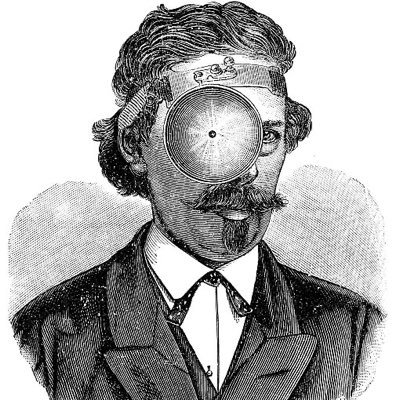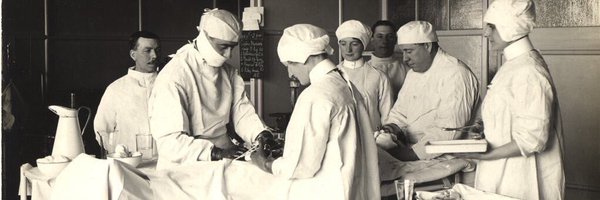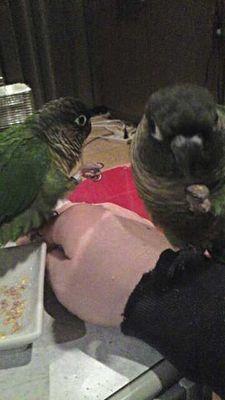
Medicine's Bizarre History
@FaisalGhani_
Followers
16,576
Following
14
Media
5,894
Statuses
11,763
The bizarre development of the prevention and treatment of disease from prehistoric and ancient times to the 21st century.
Karachi, Pakistan
Joined May 2019
Don't wanna be here?
Send us removal request.
Explore trending content on Musk Viewer
Madison Square Garden
• 1281688 Tweets
Puerto Rico
• 408200 Tweets
Tony
• 190628 Tweets
Nazis
• 178709 Tweets
Boulos
• 151537 Tweets
Commanders
• 141138 Tweets
Bears
• 130436 Tweets
Latinos
• 121875 Tweets
Bad Bunny
• 120093 Tweets
Santiago
• 110866 Tweets
Dr. Phil
• 91165 Tweets
Hail Mary
• 91094 Tweets
Lawson
• 83150 Tweets
Melania
• 75645 Tweets
Jayden Daniels
• 73833 Tweets
Desbordes
• 60035 Tweets
#HalloweenHavoc
• 46331 Tweets
Caleb
• 44327 Tweets
Puente Alto
• 43244 Tweets
Oprah
• 42421 Tweets
Cowboys
• 38202 Tweets
Viña
• 36847 Tweets
49ers
• 36173 Tweets
Mexicans
• 28379 Tweets
Steph
• 27592 Tweets
Riestra
• 25909 Tweets
Curry
• 24323 Tweets
Tyrique Stevenson
• 21359 Tweets
George Lopez
• 14476 Tweets
Las Condes
• 14357 Tweets
Ñuñoa
• 14004 Tweets
Purdy
• 10470 Tweets
Kittle
• 10462 Tweets
#SusanaGimenez
• 10412 Tweets
Last Seen Profiles
THE HUMBLE FOLEY’S CATHETER!
… was designed by American
#urologist
, Frederic Eugene Basil Foley (1891–1965) in 1929. He recommended the newly designed device used to achieve hemostasis after cystoscopic
#prostatectomy
.
3
106
500
THE HEIMLICH MANEUVER
Henry Judah Heimlich (1920-2016) was an American thoracic surgeon and medical researcher. He is widely credited as the inventor of the
#Heimlich
maneuver, a technique of abdominal thrusts for stopping choking, first described in 1974.
1
86
288






























































































































































